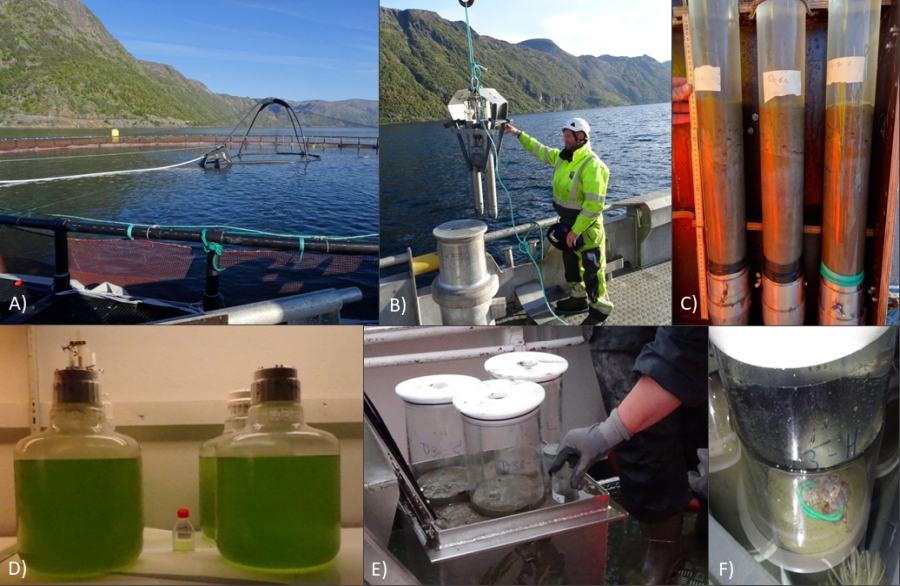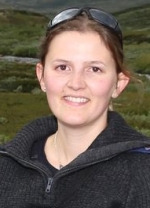The PhD defence and trial lecture are fully digital and streamed using Zoom. The host of the session will moderate the technicalities while the chair of the defence will moderate the disputation.
Trial lecture
As a recording:
Environmental DNA and paleogenetic approaches as a next-generation biomonitoring tool: potentials and pitfalls
Conferral summary
By using benthic foraminifera to reconstruct pre-human impact environmental conditions, the first study of this thesis found no clear impact of fish farming in an intensively fish farmed fjord at 2-3 km distance from the farms. The second study showed that the amount of microalgal-carbon (food) foraminifera can process may strongly vary within a fjord. Additionally, oxygen concentrations in the sediment may influence the ability of foraminifera to process microalgal-carbon. The third study suggests that analysing benthic foraminifera from the less labour intensive larger size fraction (> 125 µm) may be sufficient to assess human impact in relatively unpolluted fjords. This thesis, therefore, made important steps towards using foraminifera to study human impacts on the environment.
Main research findings
Popular scientific article about Klootwijk’s dissertation:
Benthic foraminiferal biomonitoring in northern Norway: Establishing reference conditions, Ecological Quality Statuses and responses to organic matter
Benthic foraminifera are microscopically small organisms that live in the sediment of marine environments where they live in little houses also referred to as tests. Foraminifera respond rapidly to environmental changes and as many of their tests preserve in the sediment their assemblages can provide estimates of previous environmental conditions. This makes them good candidates to study human impacts on the environment but for that, we also have to increase our understanding of their responses to environmental changes (e.g. changes in sediment oxygen concentrations).
By using benthic foraminifera to reconstruct pre-human impact environmental conditions, the first study of this thesis found no clear impact of fish farming in an intensively fish farmed fjord at 2-3 km distance from the farms. The second study showed that the amount of microalgal-carbon (food) foraminifera can process may strongly vary within a fjord. Additionally, oxygen concentrations in the sediment may influence the ability of foraminifera to process microalgal-carbon. The third study suggests that analysing benthic foraminifera from the less labour intensive larger size fraction (> 125 µm) may be sufficient to assess human impact in relatively unpolluted fjords. This thesis, therefore, made important steps towards using foraminifera to study human impacts on the environment.

Photo and other information:
Press photo: Anouk Tosca Klootwijk, portrait; 500px. Photo: Private
Other photo material: Figure with description and credit as specified in the article above, size 1000px.
